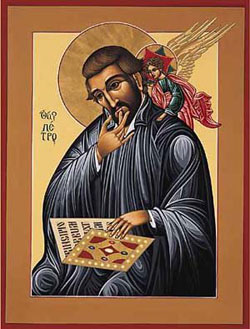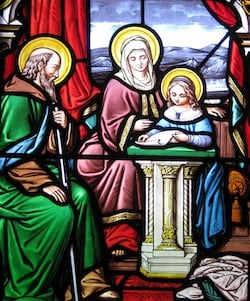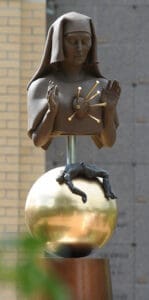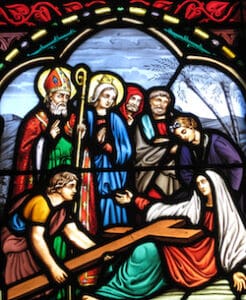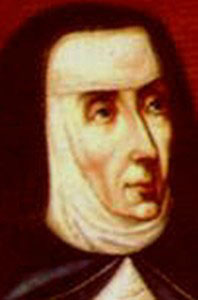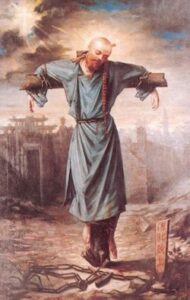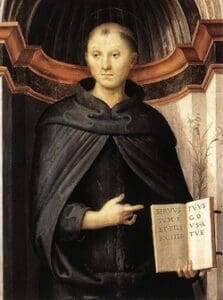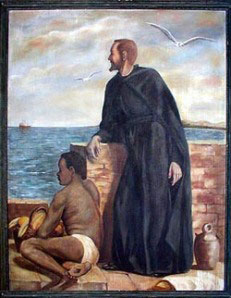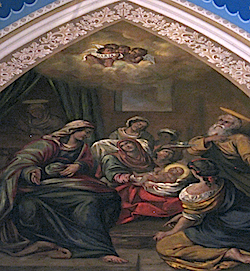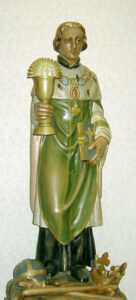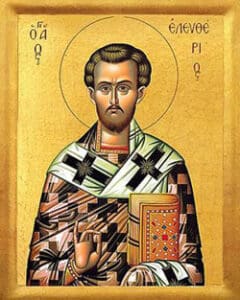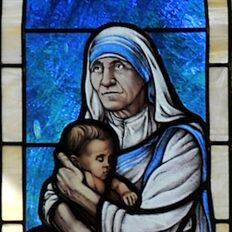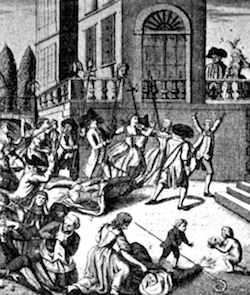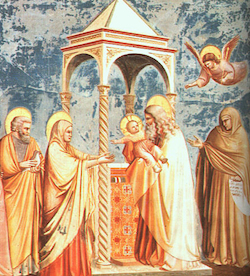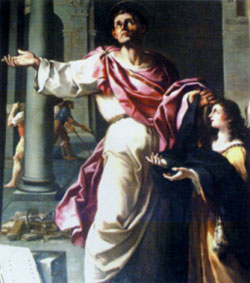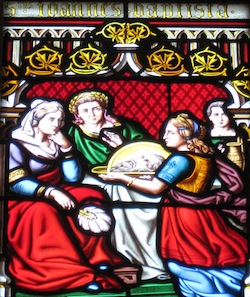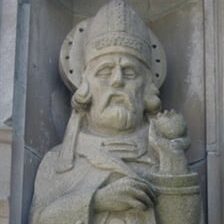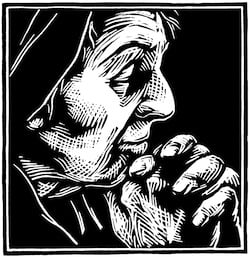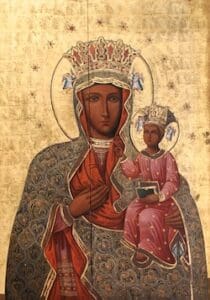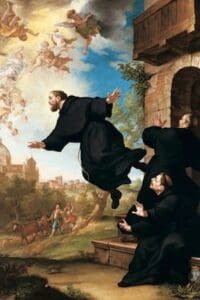

We often speak of the communion of saints when referring to the cloud of witnesses that offers us support from heaven. St. Peter Canisius’s life was marked by numerous encounters with saints here on earth.
Peter was born in Holland in 1521, and attended university in Cologne, Germany, earning a master’s degree by the time he was 19. He went on a retreat led by St. Peter Faber and decided to join the Society of Jesus—the Jesuits.
He continued to study and teach and was ordained a priest in 1546. After traveling with St. Ignatius of Loyola, who served as his spiritual director, he dedicated his efforts to preaching and developed as a scholar and administrator in universities. He was an important figure in the leadership of the Society of Jesus, founded several colleges, and even recommended St. Stanislaus Kostka for reception in the Jesuits.
During Mass one day, Peter received a vision of the Sacred Heart of Jesus, which moved him to focus his work on this perspective of divine love. He wrote about the experience in a letter:
“It was as if you opened to me the heart in your most sacred body: I seemed to see it directly before my eyes. You told me to drink from this fountain inviting me, that is, to draw the waters of my salvation from your wellsprings, my Savior. I was most eager that streams of faith, hope and love should flow into me from that source. I was thirsting for poverty, chastity, obedience. I asked to be made wholly clean by you, to be clothed by you, to be made resplendent by you.”
Because he was a brilliant scholar and theologian, Peter provided the Church with invaluable theological counsel—he even attended a few sessions of the Council of Trent. Peter was a great resource for the Church as the Church instituted sweeping reforms across Europe, in response to Protestant reformers. Peter became known as the “Second Apostle to Germany” as he traveled across Germany, Austria, and Switzerland visiting different parishes and diocese. Peter was offered the opportunity to become Bishop of Vienna, but he turned down that position in order to continue traveling to the communities who he felt needed him. One of Peter’s tasks was to write a German-language catechism, which made Catholic doctrine more accessible to the common German believer. This catechism was very popular—it went through 200 editions and was translated into 12 different languages.
Everywhere he went, Peter preached constantly and was continually sought after for his wisdom. Peter especially reached out to children.
During his travels and missions, he ended up in Fribourg, Switzerland. The patron saint of that city, St. Nicholas, appeared to him in a vision and told him to stop traveling, so Peter decided to spend the rest of his life there. Peter continued to preach, write, and edit books—his work supported the Catholic press in many cities.
St. Francis de Sales approached him for advice, and one of Peter’s friends was St. Charles Borromeo, who also sought his wisdom.
For his work spreading and defending the faith, St. Peter Canisius was named a doctor of the Church, a title given to thirty-six saints who are honored for elucidating the Catholic faith by their words and example. Some of Peter’s relics are contained in the reliquary chapel in the Basilica of the Sacred Heart on Notre Dame’s campus.
St. Peter Canisius, who loved the university life of scholarship and built communities of saints—pray for us!
